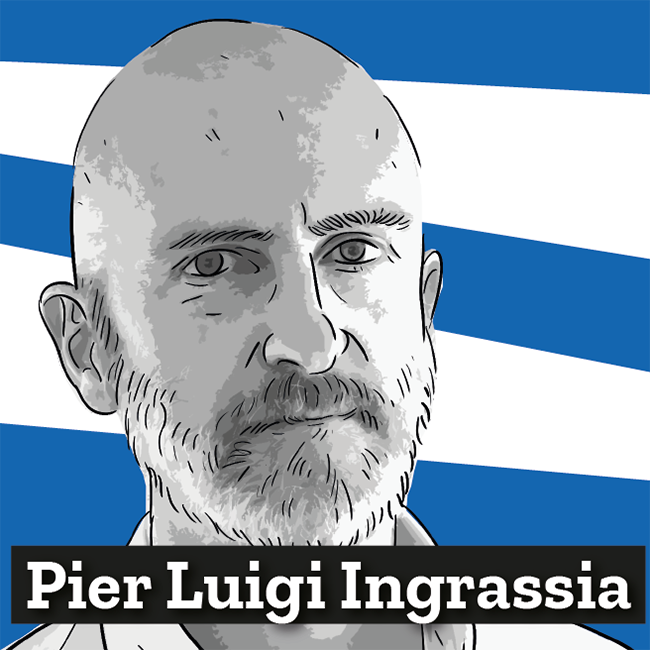Back from the summer break, our Editor-in-chief Pier Luigi Ingrassia welcomes you to the new SIMZINE issue.
At the moment most of us, and yourself probably, are slowly returning from a well-deserved rest and the summer already seems like a distant memory. Autumn is just around the corner and it is normally full of beginnings: new thoughts, new projects, new expectations; cooler, brisker air. But there are some new, exciting things that happened over the last months that all SIMZINErs should be thrilled about.
First, the biggest and best news: we published our first book, The Doll’s Engineer, the professional (and also personal) journey of Willem van Meurs, an inventor of simulators. With this book we launched the SIMZINE Library, our new publishing venture, in which we will talk about the people, simulators, and technologies that have had the greatest impact in the field of clinical simulation. If you’re curious to learn more about the last 30 years of simulation history in healthcare, then it’s a read I definitely recommend you do. And if you want to know a little more, then read him in his own words or listen to the voice of the author himself.
Second, in late June, SESAM2023 took place and gathered more than 1000 professionals and representatives of startups and companies, marking another important chapter in simulation in Europe; SIMZINE was there of course, as official media partner. SESAM2023 was, in fact, a unique opportunity for students, educators, entrepreneurs and innovators to meet and make meaningful connections, acquire specific skills, learn the latest technological trends, and directly experience new teaching tools and methodologies. There are already high expectations for SESAM2024 in Prague, and we certainly would like to be there also!
But let’s get to this new issue, in which, as always, we bring you a mix of practical/operational articles which allow us to learn about new facts and the experiences of other simulationists.
We launched the article series “A day in the life of a simulation journal editor”: although we have already talked very briefly about Scientific Journals about simulation, now we would like to present a behind-the-scenes at the journals, providing insights into the editor-in-chief’s perspective on the publication process and areas of simulation research that need more attention. In this issue we talked with Marcia Corvetto, editor-in-chief of the Revista Latinoamericana de Simulación Clínica.
Continuing our effort to present the simulationists who are playing an important role in the simulation field, we welcome Eliana Escudero Zúñiga, first president of the Chilean Society of Simulation and founder of FLASIC, who is the SIM Face of this issue, and Aida Camps, the president of the Spanish scientific society, SESSEP.
We often forget how important it is to get advice and discover good practices from our peers. So we wanted to create a sort of a peer advisory space where fellow Sim Center Directors can give and receive objective tips from fellows. Olivera Cortés and Hernández Gutiérrez kick off our new article series “6 tips from and for Sim Center directors” with their 6 tips for managing a simulation center.
In his article TJ Matthews provides some guidance for technology evangelists, academic researchers, and simulation leaders about the Medical Metaverse to bring some clarity and overcome some skepticism.
With the goal of giving a voice to anyone who has something to say and trying to engage a more local audience, we are happy and proud to share our first article -actually articleS!- in Portuguese. Ana Paula Corrêa, a Brazilian entrepreneur, talks about her innovative startup which developed a virtual healthcare training platform, and Celia Cruz, a Portuguese bioengineer and startupper, talks about the good practices in the design and development of solutions in the simulation field.
And finally, in view of the upcoming SIMMED congress, which will be held at the simulation center in Genoa, it would be remiss of SIMZINE not to present to you the innovative experience that is being pursued through the words of one of its doctoral students, Mara Coduri. And many more!
As always, we continue to welcome article submissions, so please send in your ideas.
PLI
READ ALSO































